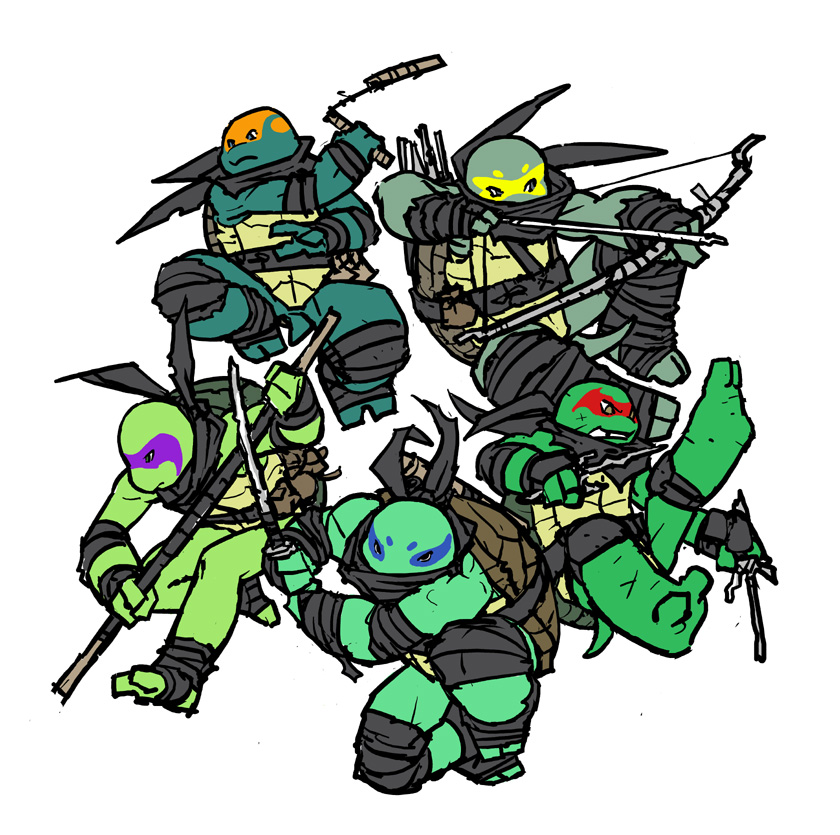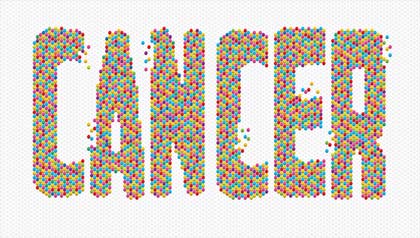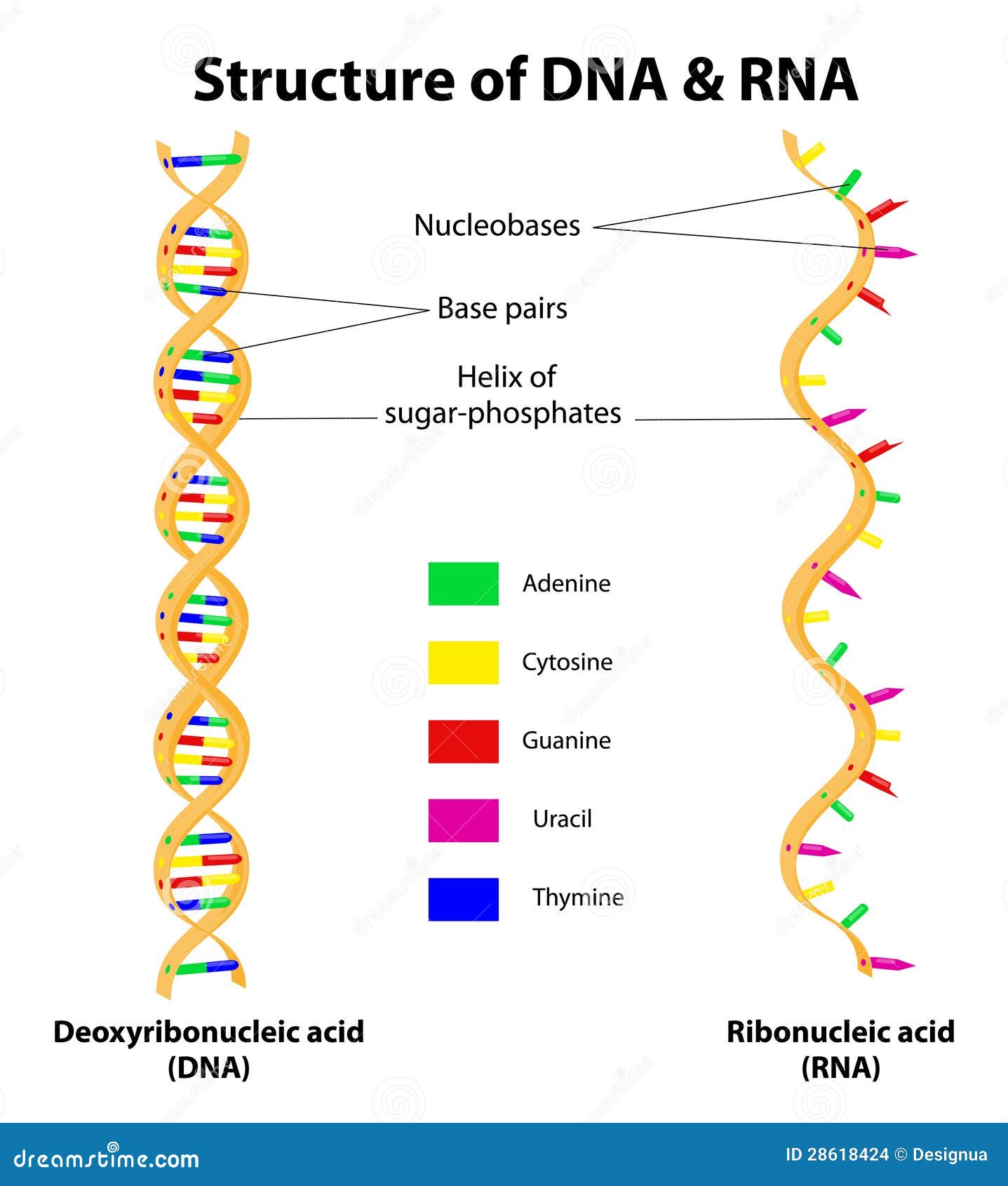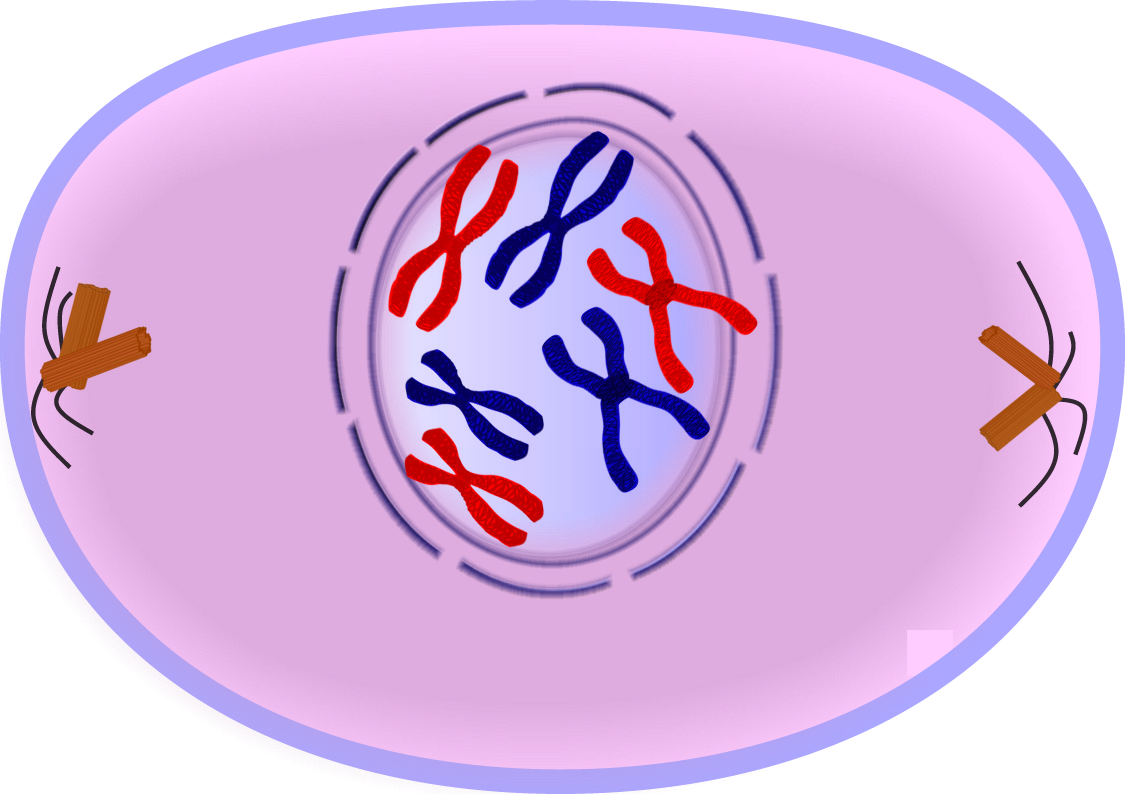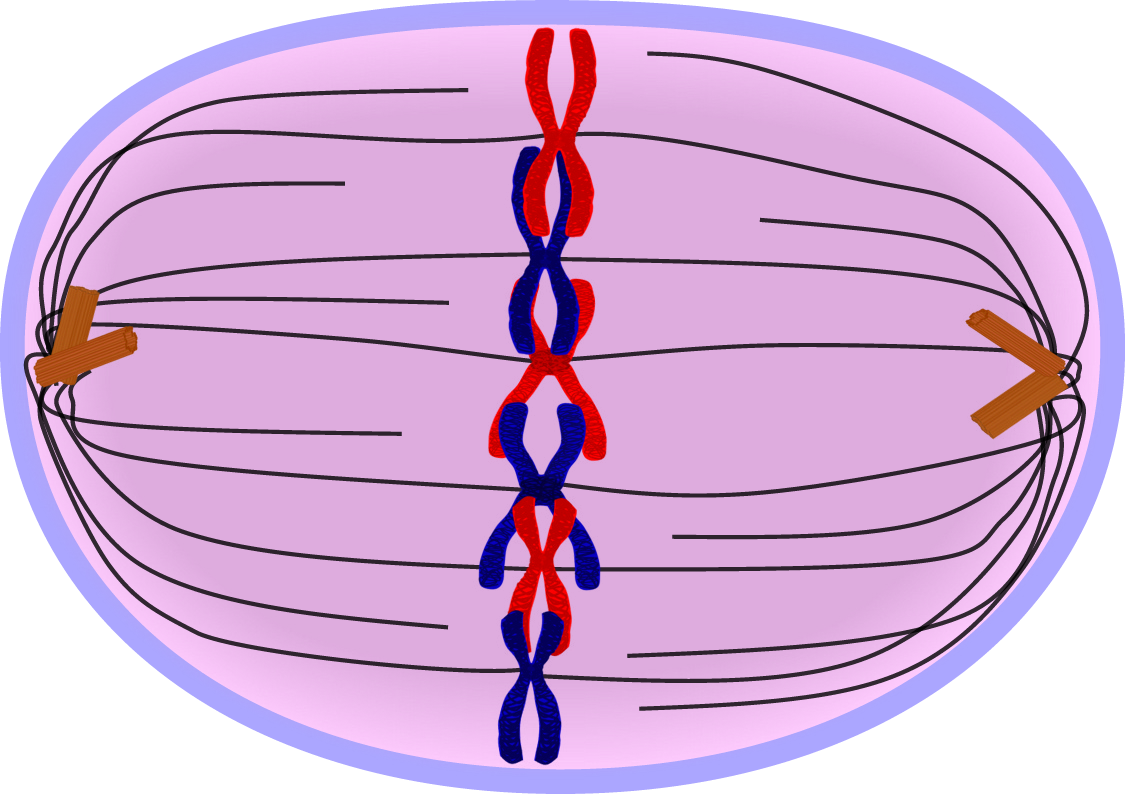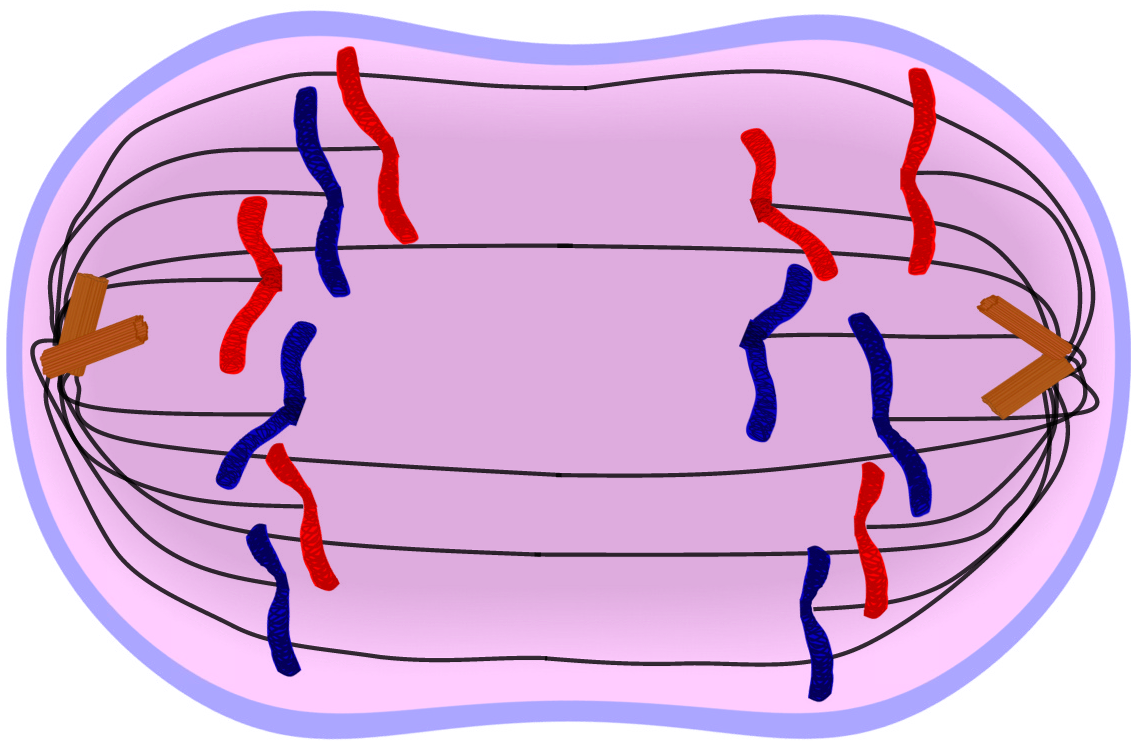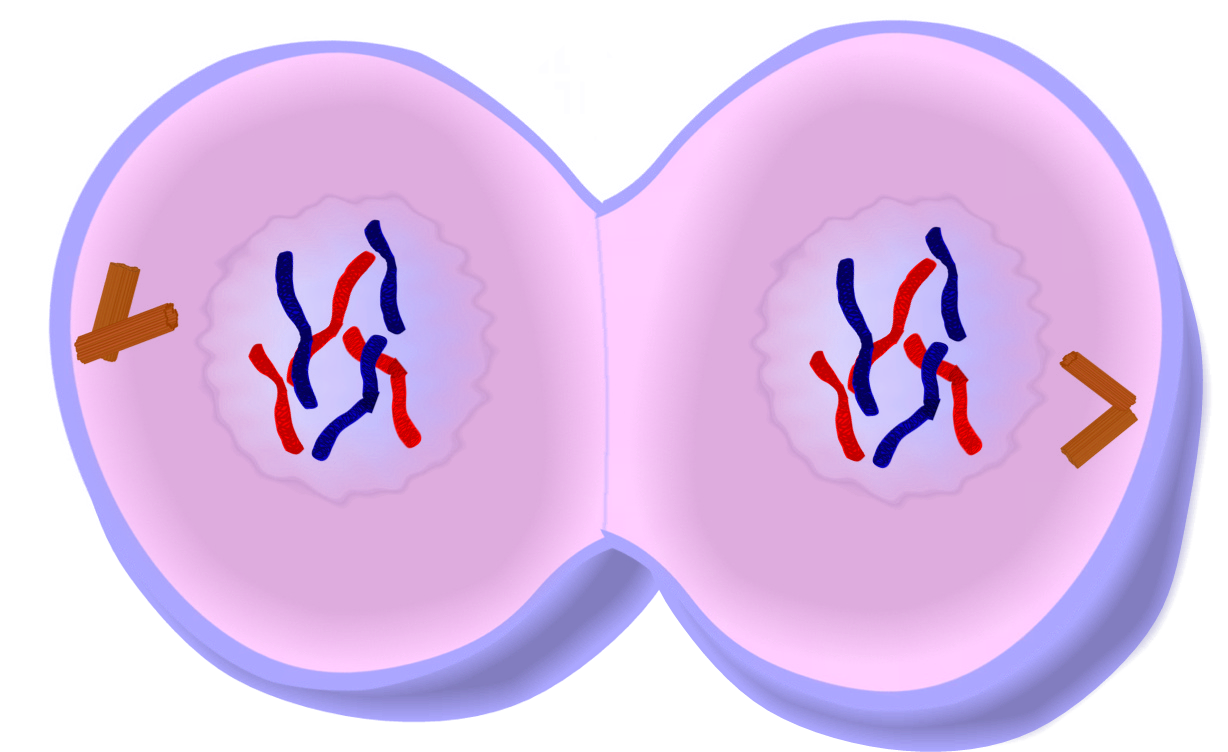World's Fastest Animal Found

A tiny mite found in southern California just made the animal speed record. It’s only about the size of a sesame seed. Yet that would be one fast seed: At top speed it can zoom at about 30 centimeters (11.8 inches) per second. At its top speed, this mite can cover a distance 322 times its body length in a single second. The previous land-speed record holder, an Australian tiger beetle, moves at a more slower 171 body-lengths per second. The cheetah can manage short sprints at 93 kilometers (58 miles) per hour. That’s fast, but the big cat covers a tiny 16 body lengths per second.
 |
| A picture of the mite |
If the mite were scaled to the size of a human, its speed would be equivalent to a person running at 2,092 kilometers (1,300 miles) per hour. That would mean it could easily outrun a moving car, high-speed train, or even a commercial jet.
Jonathan Wright and Samuel Rubin reported the mite’s land-speed record last week at the Experimental Biology meeting in San Diego, Calif. The species, Paratarsotomus macropalpis, resembled blowing bits of dust when Wright first spotted them. The biologist works at Pomona College in Claremont, Calif., about an hour’s drive from downtown Los Angeles. Rubin is a student studying physics at Pitzer College, also in Claremont.
The mites don’t belong to a new species. Scientists discovered them back in 1916. But until recently, no one seems to have studied the tiny arachnids. In the lab, they recorded the animals on high-speed video to zero in on how the mites move their legs and turn.
I think this is a really cool discovery. I'm suprised scientists foung it in 1916 did not study it until recently.







